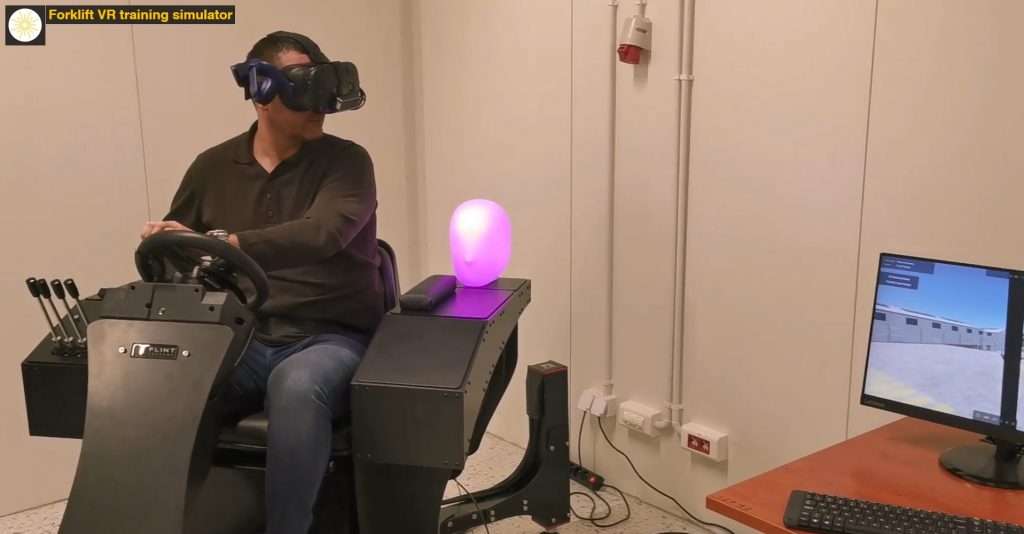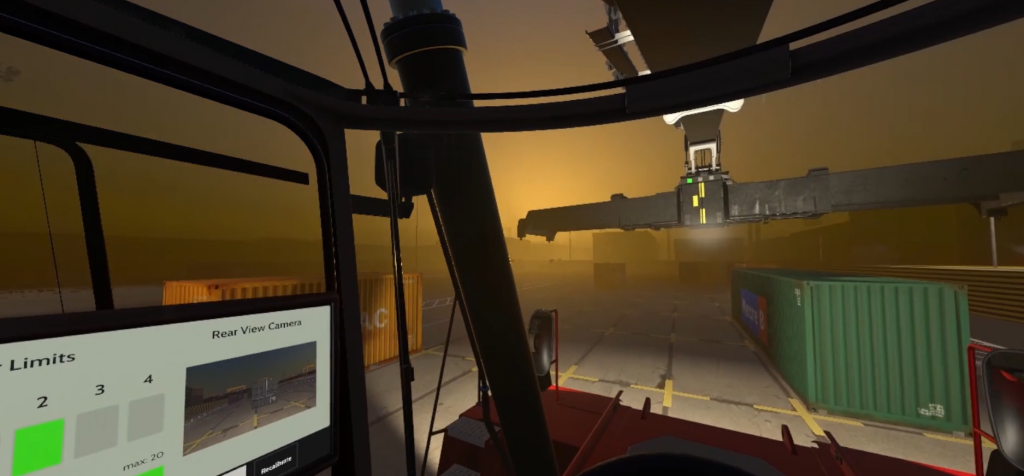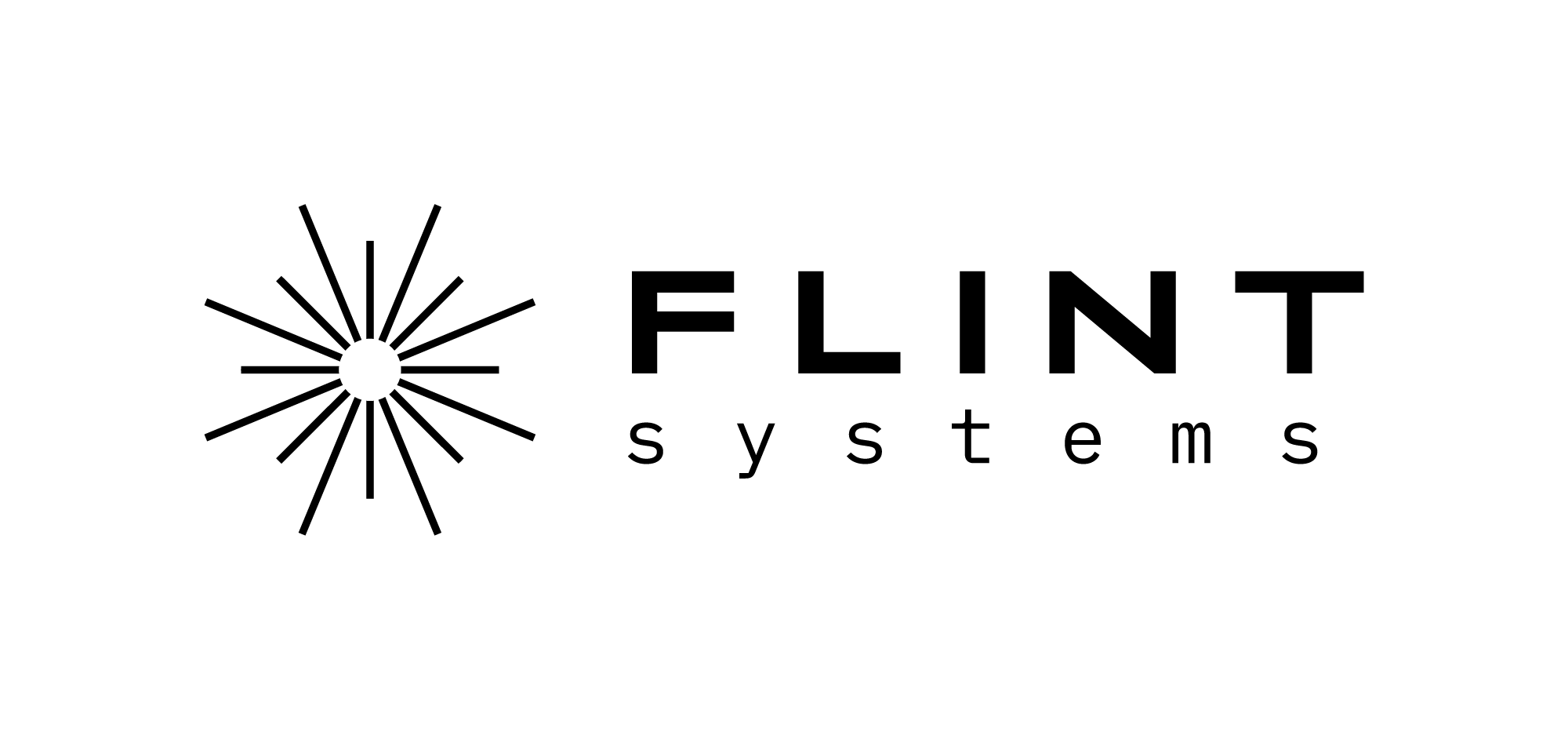The market of port equipment simulators is dominated by screen simulators. They have been serving in the training centers for years. But years have come by and the development of immersive technologies brought completely new opportunities for training professionals and training simulators for ports. Just think of how cars changed over the previous 20 years – there’s no reason why port machine’s simulator training should stay behind.
Flint Systems’ simulators challenged the existing situation in the market of training. We propose a system by introducing the system of training based on virtual reality simulators.
Nowadays it is very hard to estimate how many simulators serve in the port industry. Considering the fact, that the first simulators were introduced to the market in the 20th century, there are hundreds or even thousands of them working every day at port training centers. But the rise of extended reality has brought port simulation training to the next level.
VR training simulators for ports
VR training simulators are new on the market. The simulator consists of two parts – software and hardware. Software is simply an application that contains any type of vehicle in VR. It can be a crane, forklift, excavator, ship, train, or any other vehicle. A virtual machine has all the characteristics of its real counterpart.

Hardware includes VR goggles, a motion platform, joysticks, a steering wheel, pedals, or any other element that we need to replicate the real machine. All these elements are integrated with the application, and together they create a fully immersive experience.
Flint Systems & training simulators for ports
We at Flint Systems have long-established cooperation with the port sector. We have already delivered a series of VR training simulators for ports to one of biggest ports in the Baltic Sea region – the Port of Gdańsk.

New Competencies Center, an entity responsible for operators’ training in the port area, asked us to furnish their training center with five machines simulators:
- Rubber tyred gantry crane (RTG)
- Ship to shore crane (STS)
- Port crane
- Mobile crane
- Reachstacker
The machines consist of software and hardware. Three hardware stations allow for training on five machines.
In addition, another entity at the Port of Gdańsk, PUP Rezerwa purchased a deck crane simulator. It also serves for training future crane operators, because one of PUP Rezerwa’s business focus is reloading cargo in Gdańsk’s port.

The VR training at New Competencies Center has proved its value. The cycle of training in VR and on real machinery is mixed there, and comprises 70% of the course in VR, and the remaining 30% on real cranes. The results are more than satisfactory – since the implementation of training on simulators (late 2019/2020), the pass rate of the exam organized by UDT is 99% (until April 2022, only one person trained at New Competencies Center failed the exam). For comparison, we know from our training market research that the average pass rate for the exams of port machinery operators is 60-70%.

Check also our kick-off event video!
VR simulators functionalities
Every machine created by Flint Systems can have a set of unique and custom features. However, regardless of it, every simulator we deliver has a set of features:
- Scene editor
- Selection of scenarios and results recording
- Configurable weather conditions
- Trainees management module
- Virtual cameras located in key places on the simulation
- View from the trainee’s eyes and free observation mode (camera drone)
- Multiplayer
Port sector & VR training – key takeaways
- The port sector, as a very sensitive workplace is extremely susceptible to accidents and downtimes. They must be avoided at all costs. This is why VR training is a good solution, mitigating these risks.
- Training in VR allows you to get to know the machine, develops a sense of distance, and comprehensively teaches how to use the machine. Thanks to this, the transition to real equipment will be smooth, and the training itself on real equipment will only concern “serious” elements of the training, and not such as, for example, the ability to use the appropriate buttons – this knowledge will already be acquired during VR training.
- What is more, people can train accident scenarios safely, thousands of times, which will result in increased work safety and the trained reaction of what to do during a dangerous event (and how to avoid them).

